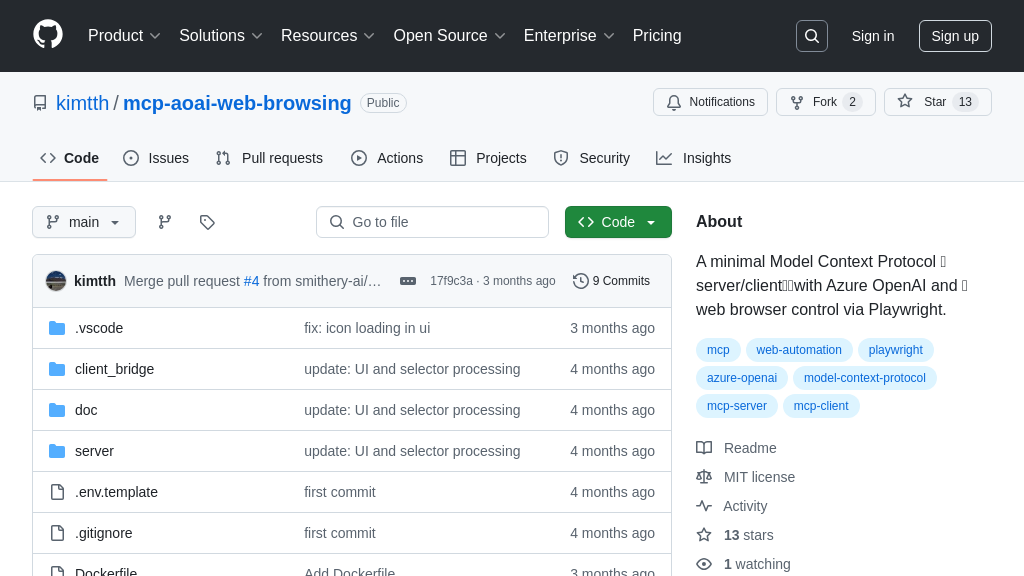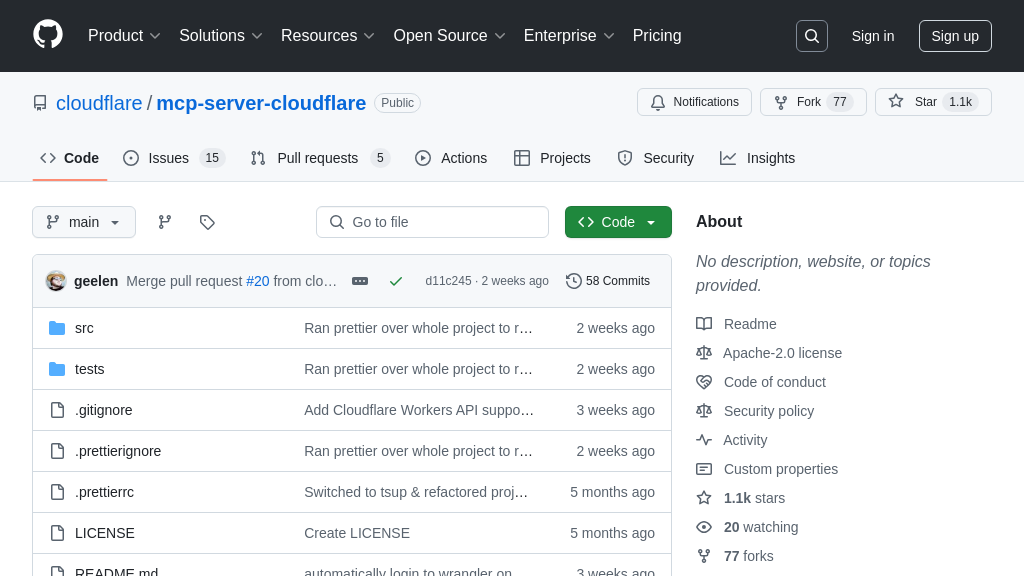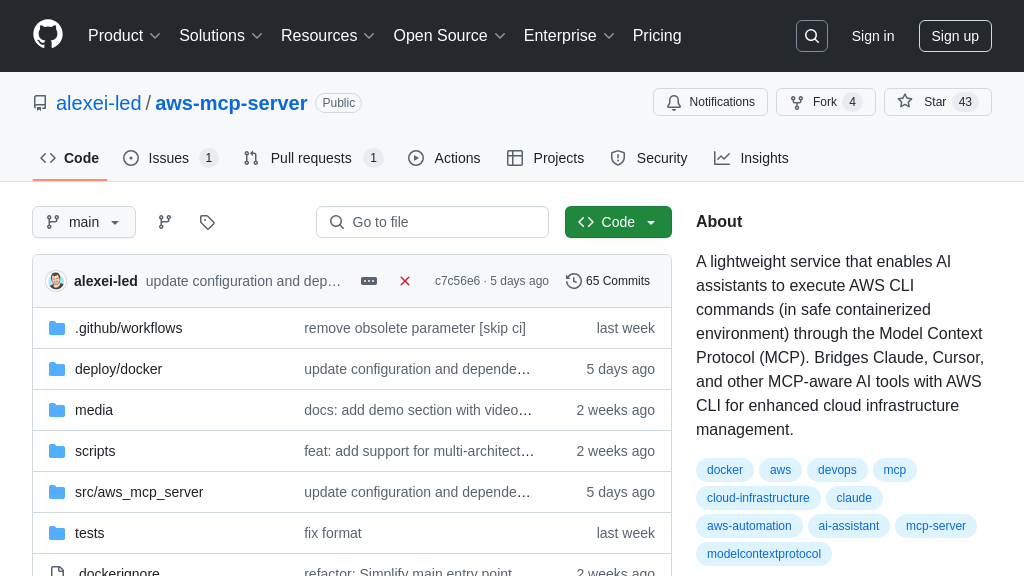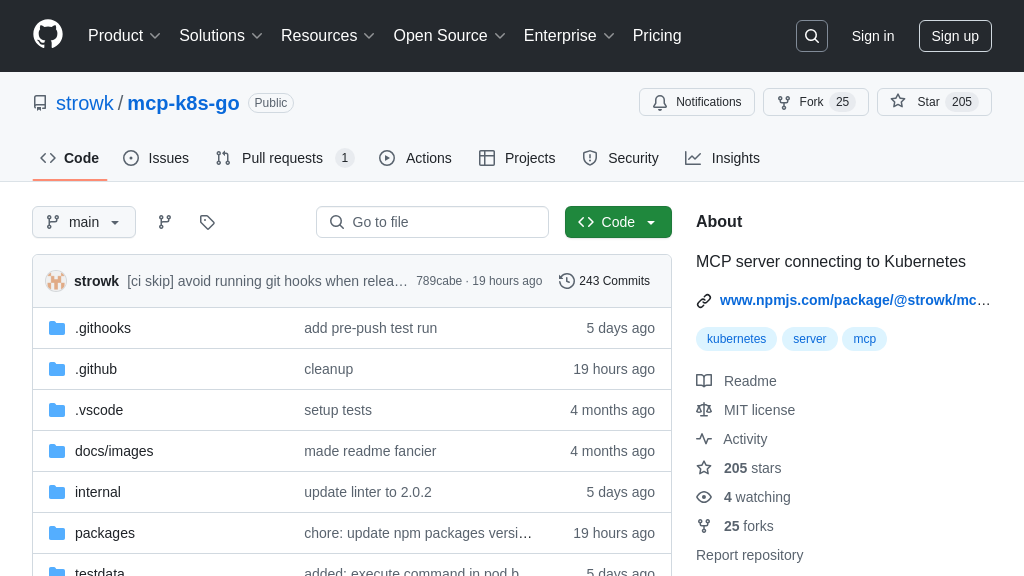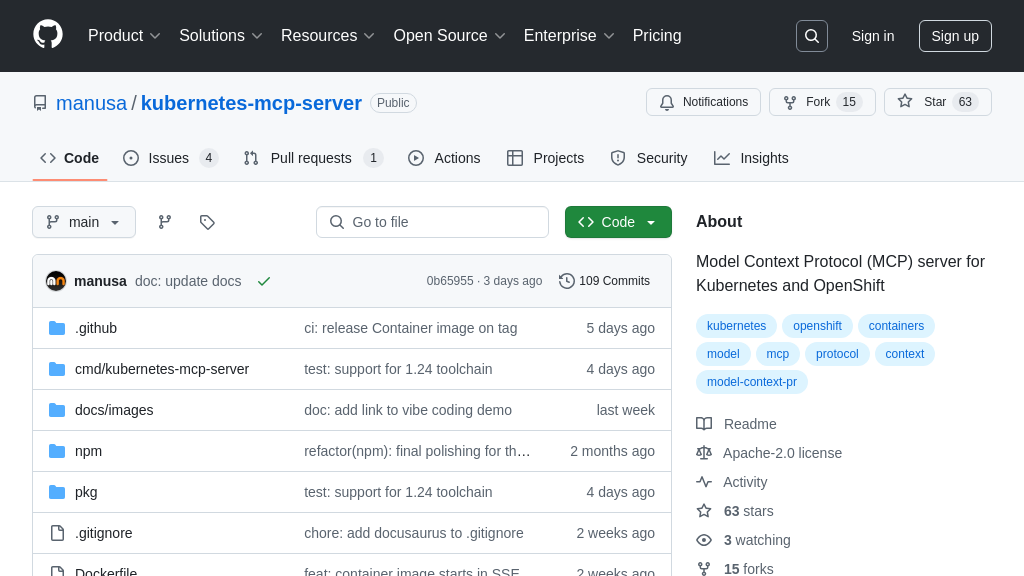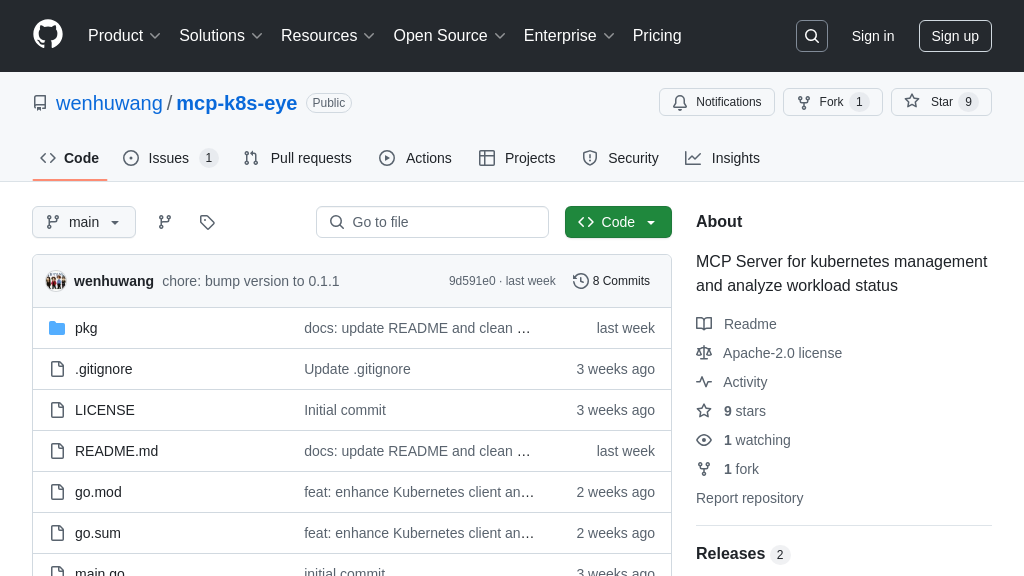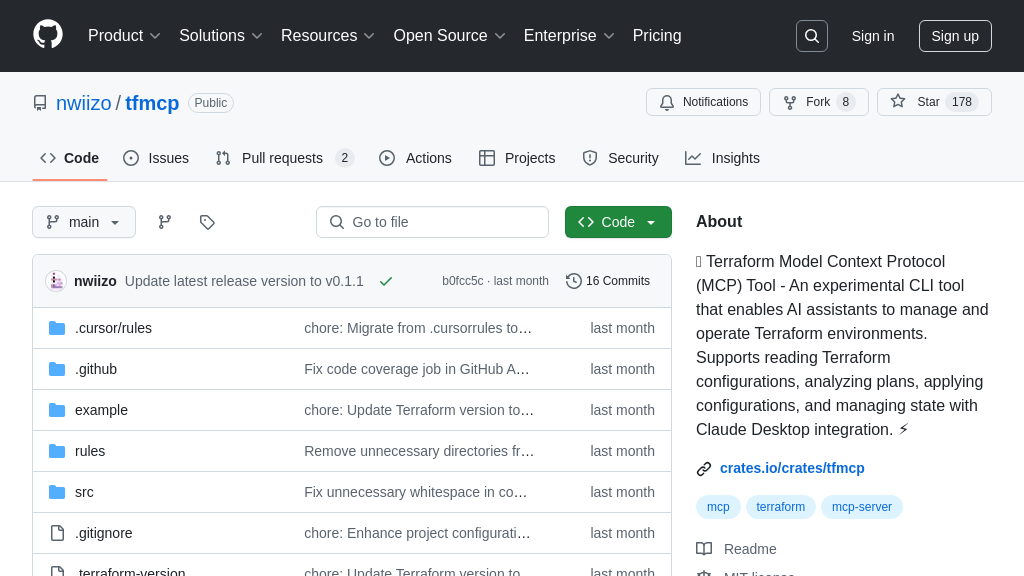mcp-nutanix
mcp-nutanix: MCP server for AI-driven Nutanix Prism Central interaction.
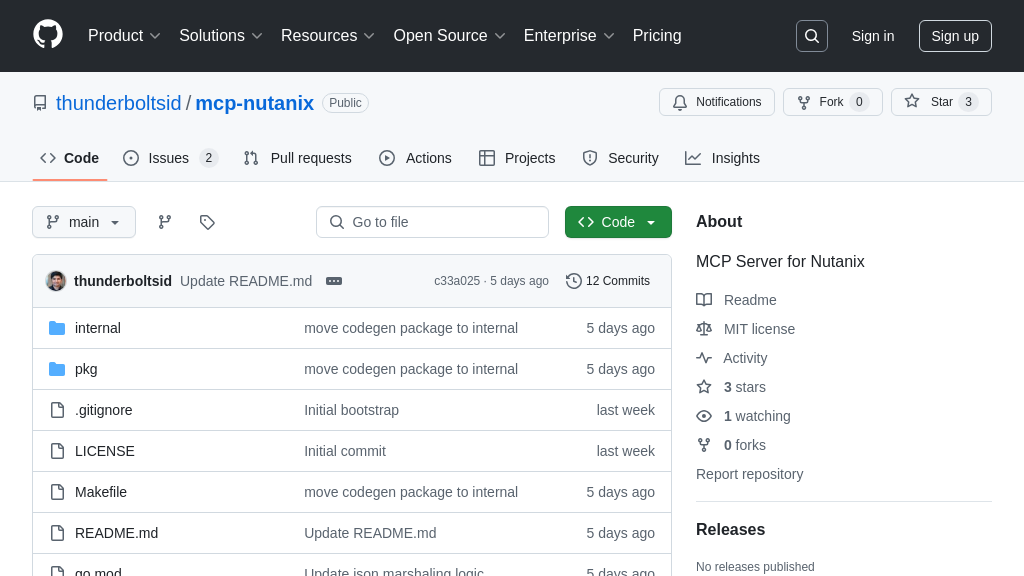
mcp-nutanix Solution Overview
mcp-nutanix is an MCP server designed to connect Large Language Models (LLMs) with Nutanix Prism Central, enabling AI-driven infrastructure management. This tool allows LLMs to interact with your Nutanix environment, listing resources like VMs, clusters, and hosts, and retrieving detailed information via URI-based access. By leveraging the Prism Go Client, mcp-nutanix provides a seamless interface for querying and analyzing your Nutanix infrastructure through natural language.
Developers can use mcp-nutanix to build intelligent automation workflows, gain insights into resource utilization, and streamline troubleshooting. The server adheres to the MCP protocol, ensuring secure and standardized communication between the LLM and your Nutanix Prism Central instance. Built with Go, mcp-nutanix offers a lightweight and efficient solution for integrating AI into your Nutanix ecosystem, unlocking new possibilities for infrastructure management and optimization.
mcp-nutanix Key Capabilities
Prism Central Resource Access
mcp-nutanix enables Large Language Models (LLMs) to access and retrieve information about resources within a Nutanix Prism Central environment. It acts as a bridge, translating LLM requests into API calls to Prism Central and formatting the responses for LLM consumption. This allows LLMs to understand and reason about the state of the Nutanix infrastructure, including virtual machines, clusters, and hosts. The server connects to Prism Central using provided user credentials and leverages the Prism Go Client to interact with the Prism Central APIs. This interaction is facilitated through URI-based access, allowing LLMs to request specific resource details.
For example, an LLM could use mcp-nutanix to answer questions like "What is the current CPU utilization of VM with UUID 'xxxx'?" or "List all clusters in the Nutanix environment." The LLM sends a request to the mcp-nutanix server, which then retrieves the relevant data from Prism Central and returns it to the LLM in a structured format (JSON).
Standardized Resource Listing
This feature provides a standardized way for LLMs to discover and list available resources within the Nutanix Prism Central environment. Instead of relying on custom scripts or ad-hoc API calls, LLMs can use the mcp-nutanix server to obtain a comprehensive list of resources such as VMs, clusters, hosts, and images. This simplifies the process of inventorying and understanding the available infrastructure. The server exposes specific tools (e.g., vms, clusters, hosts) that LLMs can invoke to retrieve these lists.
For instance, an LLM tasked with optimizing resource allocation could first use the vms tool to get a list of all VMs, then analyze their resource consumption patterns to identify candidates for resizing or migration. The returned data is in JSON format, making it easy for LLMs to parse and process. This eliminates the need for LLMs to understand the intricacies of the Nutanix API directly.
MCP-Compliant Communication
mcp-nutanix adheres to the Model Context Protocol (MCP), ensuring seamless integration with other MCP-compliant tools and clients. This allows LLMs to interact with the Nutanix environment using a standardized protocol, regardless of the underlying infrastructure or API. The MCP Go library is used to implement the Model Context Protocol, providing a consistent and reliable communication layer. This standardization simplifies the development and deployment of AI-powered automation and management solutions for Nutanix environments.
For example, an LLM could use a generic MCP client to interact with both mcp-nutanix and other MCP-compliant servers, such as those providing access to cloud services or databases. This allows the LLM to orchestrate complex workflows that span multiple environments, all through a single, unified interface. The use of MCP also promotes interoperability and reduces the risk of vendor lock-in.
Technical Implementation
The mcp-nutanix project is structured into several key packages: client (handles Prism Central client interactions), codegen (for code generation utilities), json (for JSON helpers), prompts (MCP prompt implementations), resources (resource handlers), and tools (tool handlers). The project utilizes code generation to create resource and tool handlers, which can be updated using the make generate command. This approach ensures that the server can easily adapt to changes in the Prism Central API and support new resource types. The use of Go as the primary programming language provides performance and concurrency benefits, making the server suitable for handling a large number of requests from LLMs.
